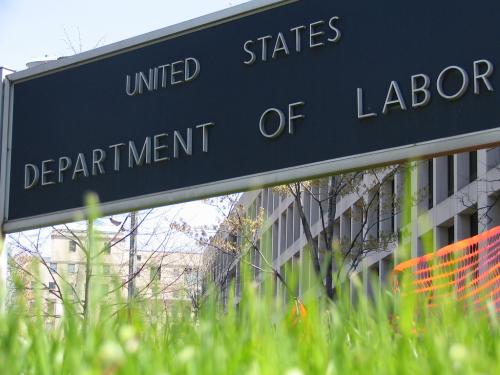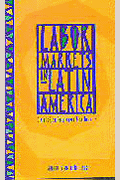The decline in the U.S. labor share – now at its lowest level in the post-war period after the Great Recession – has been concentrated in sectors that face increased import competition in the wake of the overall rising role of imports in the U.S. economy, according to a new paper presented today at the Fall 2013 Conference on the Brookings Papers on Economic Activity (BPEA).
In “The Decline of the U.S. Labor Share,” authors Michael Elsby of the University of Edinburgh, Bart Hobijn of the Federal Reserve Bank of San Francisco, and Aysegul Sahin of the Federal Reserve Bank of New York find that the decline of the labor share, which has been driven by a decline in the share of payroll compensation in national income over the last 25 years, is likely due to the offshoring of the labor-intensive component of the US supply chain.
Comparing the mean payroll shares for the time blocks of 1948-1987 to 2010-2012, the authors find an almost 4 percentage point drop, from 57.1 to 53.3 percent, and then further posit that the majority (about 3.3 of the 3.9 percent) of the decline is related to the import exposure of US businesses. Looking at other pieces of business sector income over those two time periods, they find that the decline of the labor share does not reflect an increase in corporate profit rates but rather an increase in the share of income paid for the use of structures and equipment.
The authors note that if globalization continues apace, the labor share will most likely continue to decline, especially in sectors that face the largest increases in foreign competition. They explore four additional explanations for the decline: the headline measure overstates the decline of the labor share by one-third because of the way self-employment income is estimated; the declining labor share is not merely a recent phenomenon — although the most recent decline has been dominated by changes in the trade and manufacturing sectors, even prior to 1980, there have been substantial, though offsetting, movements in labor shares within industries; there is limited evidence that the share is dropping due to the substitution of capital for (unskilled) labor to exploit technical change embodied in new capital goods; and the decline in the percent of unionized workers in the workplace is not, in fact, a major cause of the decline of the labor share.
Elsby, Hobijn and Sahin also point to the public policy implications of the labor share, writing that in addition to the fact that developments in certain industries affect the aggregate labor share, particular types of legislation — such as the Affordable Care Act — are also likely to drive movements in the near future. “Since health insurance benefits are part of payroll compensation, a change in the prevalence of these benefits that is not offset by changes in wages and salaries will affect the labor share.”
The Brookings Institution is committed to quality, independence, and impact.
We are supported by a diverse array of funders. In line with our values and policies, each Brookings publication represents the sole views of its author(s).









